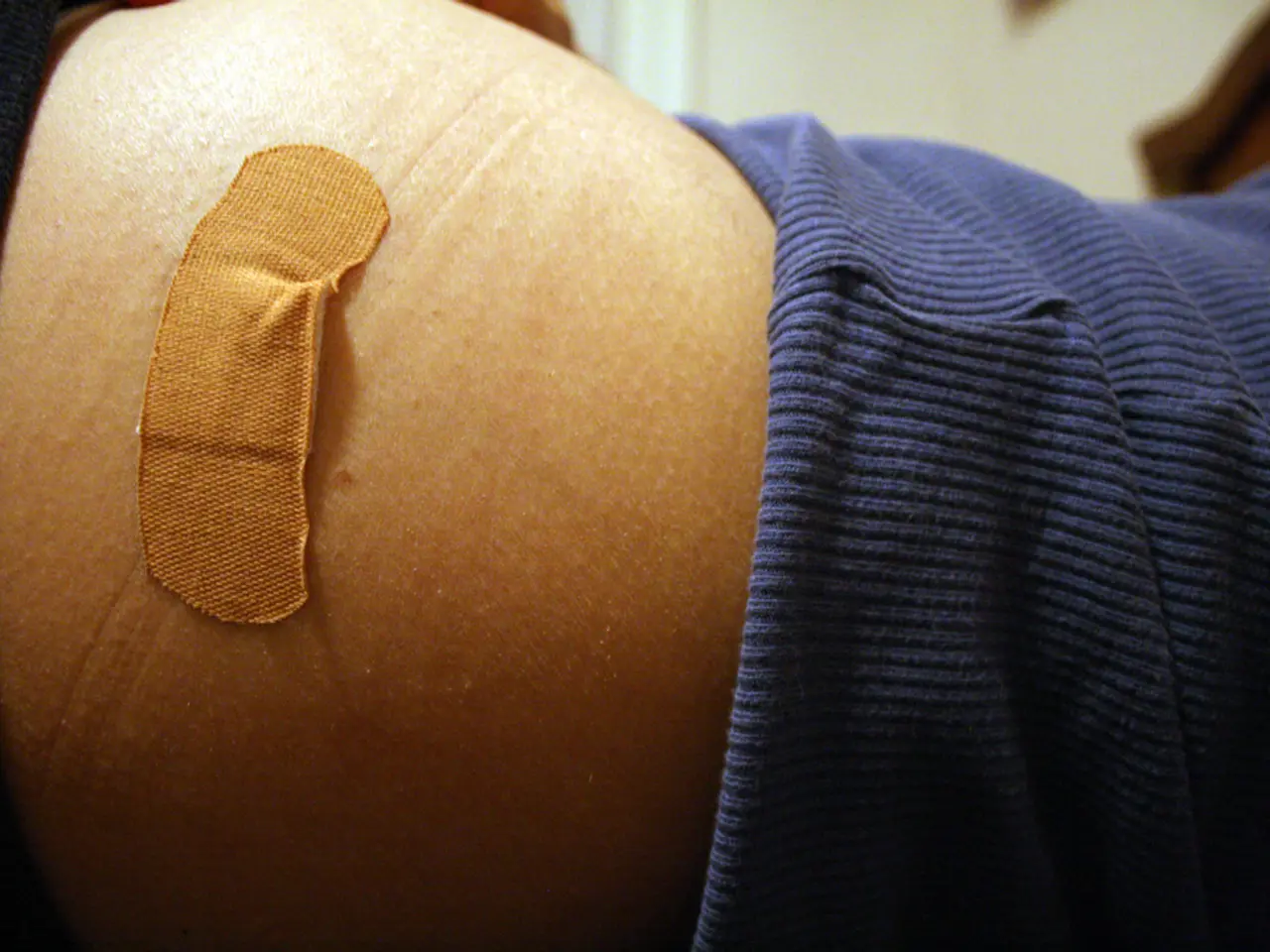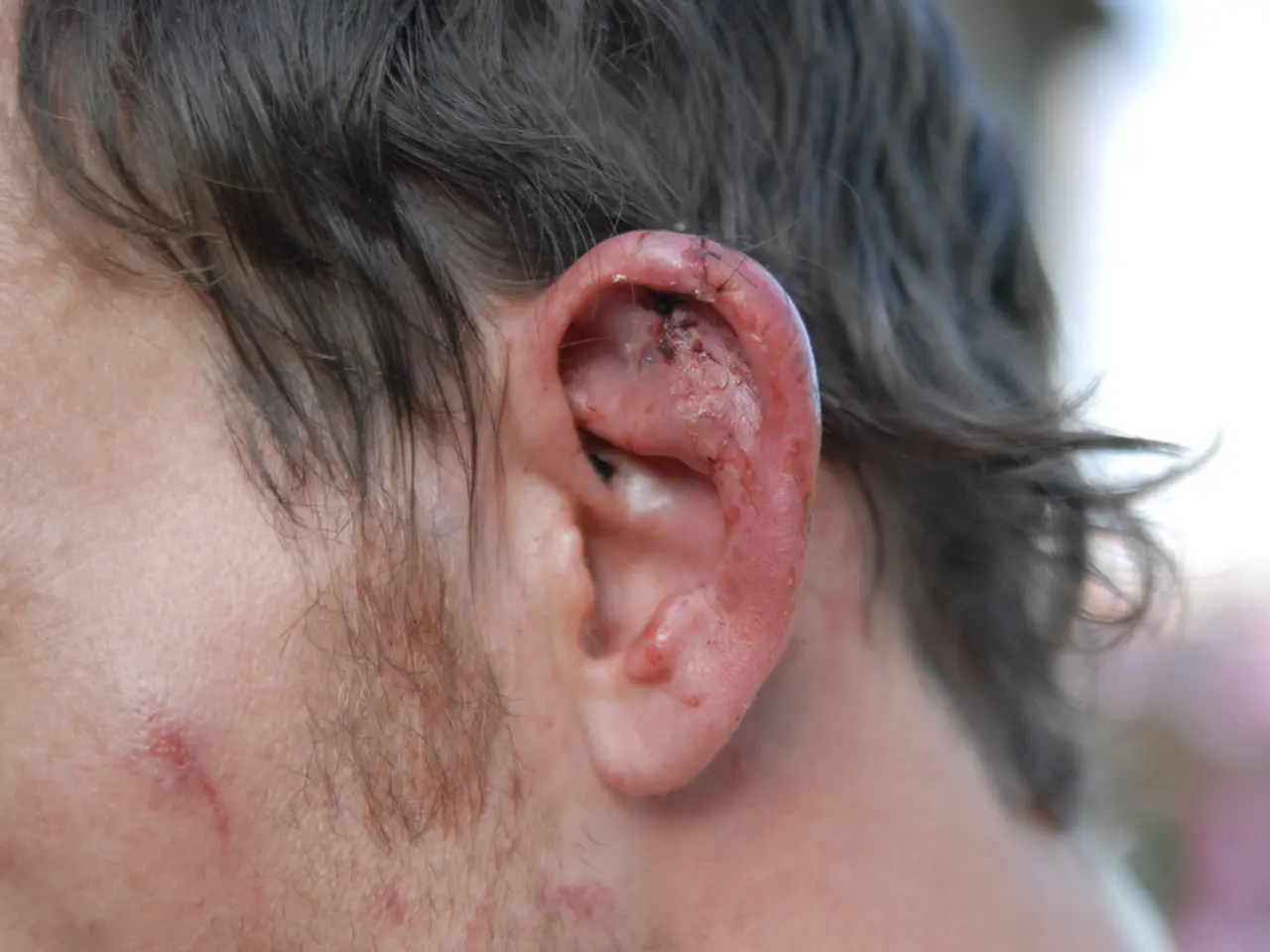IPL (Intense Pulsed Light) Therapy: Applications and Patient Expectations
In the realm of cosmetic skin treatments, Intense Pulsed Light (IPL) therapy stands out as a popular choice for reducing signs of aging, removing unwanted hair, and improving the appearance of scars and spider veins. However, like any medical procedure, it's essential to understand its benefits, risks, and proper care to ensure a safe and effective experience.
IPL works by targeting and removing pigmented or damaged skin cells or hair follicles using multiple wavelengths of light energy. This process reveals fresher skin underneath, although the results may not last as long as those of more advanced treatments like Fraxel or Microdermabrasion.
While IPL is generally safe, it's crucial to be aware of potential side effects. Most patients experience only temporary side effects such as redness, mild swelling, or discomfort, which usually resolve within hours to days. However, long-term complications, though rare, can include scarring, prolonged pigmentation changes, increased skin sensitivity, and eye damage if protective goggles are not worn during treatment.
The risk of these complications is significantly lower for those with fair skin and dark hair. Individuals with darker or olive skin tones face higher risks due to IPL's less precise targeting of melanin in skin versus hair. Proper post-treatment care is also critical to avoid complications such as scarring or pigment changes.
Preparation for IPL treatment involves speaking to a dermatologist about potential benefits, side effects, and complications. It's important to avoid sunbathing, tanning beds, waxing, chemical peels, collagen injections, perfume, deodorant, aspirin, anti-inflammatory drugs, herbal supplements, and certain medicines before and after the procedure to minimize risks.
IPL can treat a range of skin issues such as acne scars, birthmarks, rosacea, hyperpigmentation, melasma, scars, spider veins, stretch marks, sun-damaged skin, wrinkles, unwanted hair, and tattoos. The effectiveness of IPL depends on many factors, including the type of equipment used and the individual's skin type.
Many IPL providers offer a local anesthetic or chilling gel to help people manage discomfort during the procedure. During recovery, individuals should avoid applying makeup or lotion to the treated area for 24 hours or until all swelling has subsided. After this time, moisturizing the area at least twice a day for 3 months is recommended.
In contrast, Fraxel treatment, a laser treatment that reduces signs of aging, requires only one session and is less painful than IPL. However, it may not be suitable for treating larger areas due to its single wavelength. IPL, with its multiple wavelengths, can treat a larger area of skin in a shorter time.
In terms of hair removal, IPL is an option, but waxing and shaving are common alternatives with shorter recovery times, fewer potential complications, and less discomfort.
In summary, IPL is a versatile cosmetic skin treatment with a wide range of applications. By understanding its benefits, risks, and proper care, individuals can make informed decisions about whether IPL is the right choice for them. As always, consulting with a dermatologist is essential to ensure a safe and effective treatment experience.
- IPL therapy, used in health-and-wellness and skin-care, utilizes multiple wavelengths of light energy to target and remove pigmented or damaged hair follicles or skin cells, revealing fresher skin beneath.
- Potential side effects of IPL treatment include temporary redness, swelling, or discomfort, while long-term complications, though rare, can involve scarring, prolonged pigmentation changes, increased skin sensitivity, and eye damage.
- Fair-skinned individuals with dark hair are at less risk of complications with IPL due to its more precise targeting of melanin in skin versus hair. Those with darker or olive skin tones face higher risks because of IPL's less precise targeting.
- Follow proper post-treatment care to avoid complications like scarring or pigment changes, which involves consulting with a dermatologist, avoiding sunbathing, tanning beds, and certain medications before and after the procedure, and avoiding makeup and lotion on the treated area until swelling subsides.




